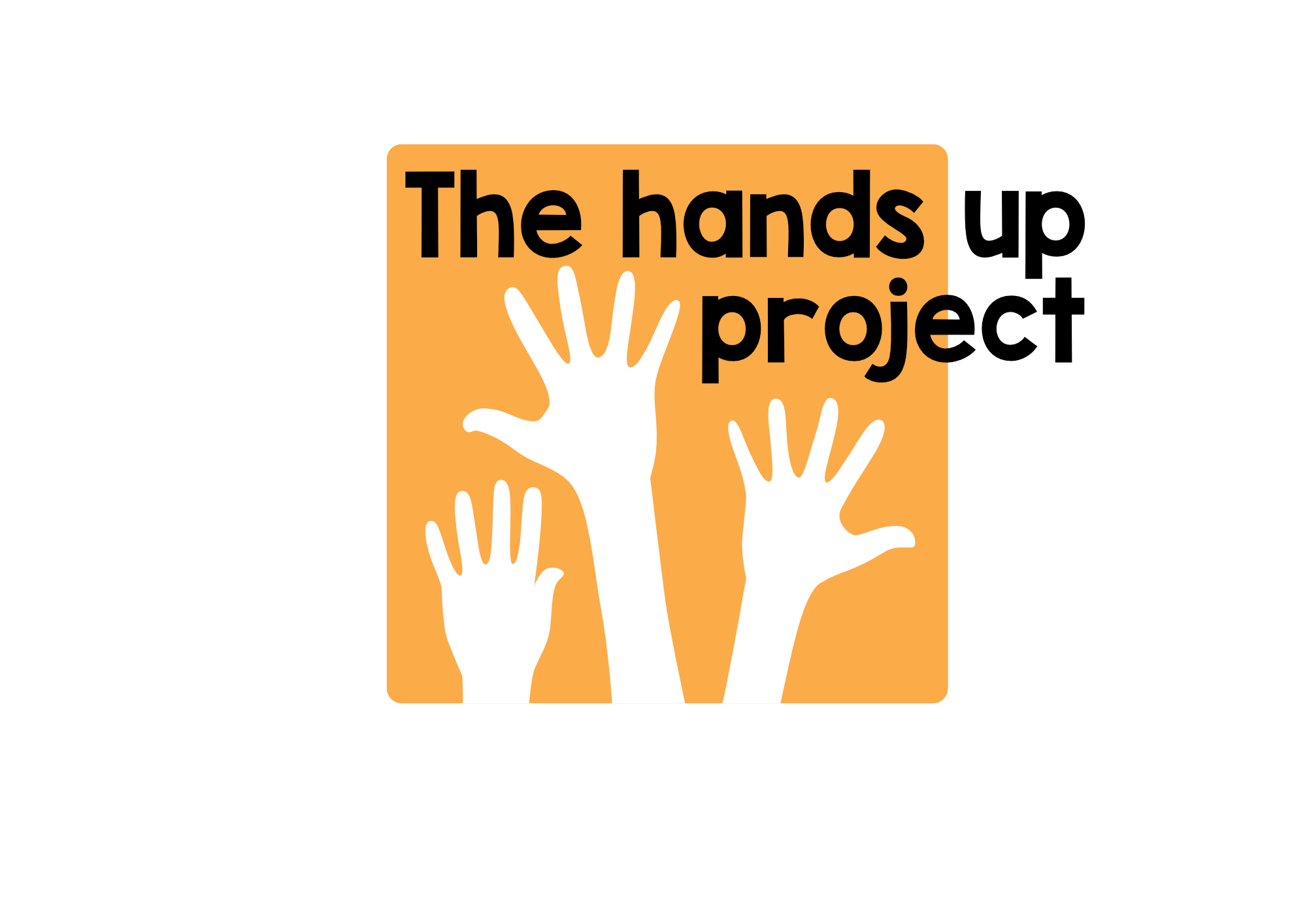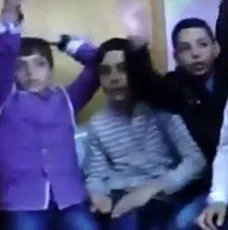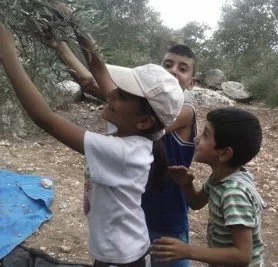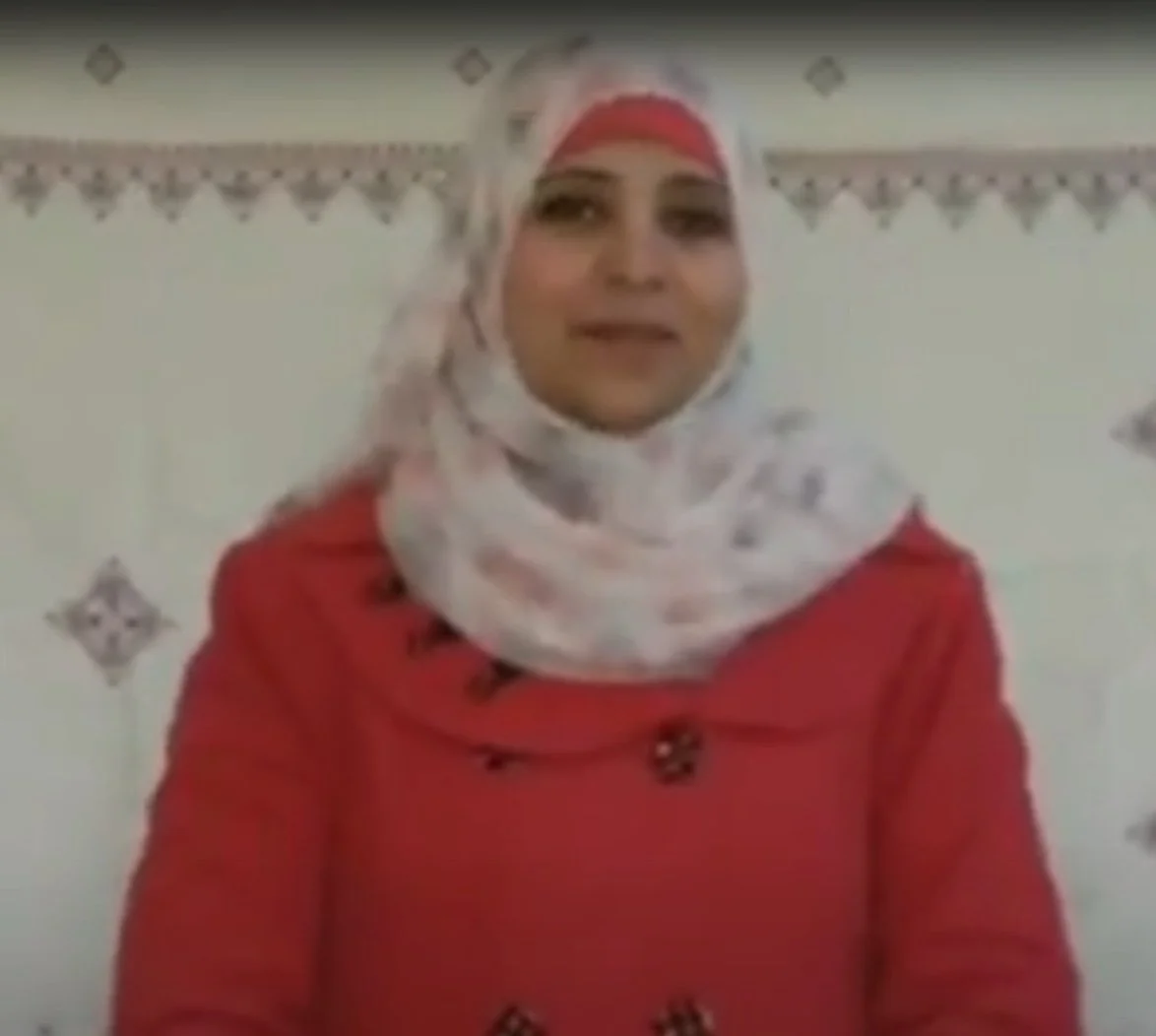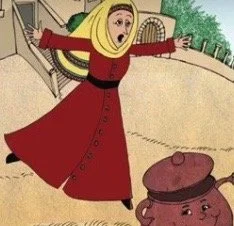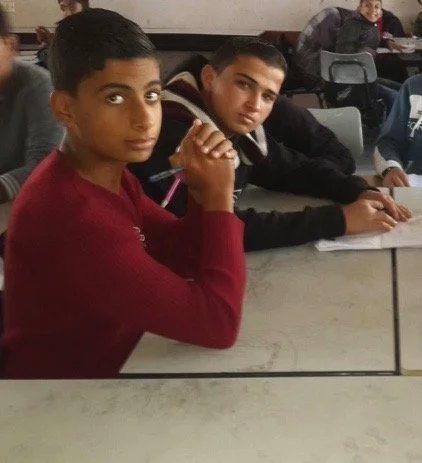I love doing activities in class where children feel enthusiastic about contributing. The kind of thing where they've all got their hands up, shouting out 'Ana..Ana.. Ana!' (Me ...me...me). One such activity is 'The game of jewels' as it was referred to in Kipling's novel, or 'Kim's Game' as it has come to be known in the field of ELT.
Read MoreAs human beings we are programmed to make sense of the world around us through stories. In some format or other, telling or listening to stories is a principle part of the way we interact with others on a daily basis. Because of this, in homes and more formal educational settings alike, stories have been used to teach things to children since the beginnings of human speech, and all of the major religions of the world have used stories and storytelling as a way to put complex ideas into a format which is simple, accessible and inherently memorable.
Read MoreWith rather limited success, I've been trying to learn Levantine Arabic, and over the past year I've probably had about ten one-to-one classes with a Jordanian friend who lives here in Totnes. Saif is an excellent teacher. One thing I particularly like is that he allows me as the learner to control the content of what we talk about in the classes, whilst he supplies me with the language I need to express the things I want to say.
Read MoreOne thing about chanting is that is encourages use of connected speech: it challenges learners to speak in chunks, rather than in isolated words. This is a central idea of the Lexical Approach. When chanting words flow into each other, and pauses occur naturally between chunks of language, rather than after each word (as often occurs in the speech of beginners).
Read MoreI've just come back from a very fulfilling week in Occupied Palestine, running a course called, Teaching English through Stories with a group of teachers from Gaza, Hebron and Ramallah. We worked with big story books for young learners which are part of the British Council's Kids Read programme, and also with the Stories Alive material for slightly older learners.Throughout the course the participants planned and delivered a range of micro-teaching sessions which incorporated stories into their curriculum. They did this in ways that were engaging, creative and, above all, fun.
Read MoreLast week I was looking at how talking with children about the pictures they've drawn can be a useful thing to do in a classroom. This week I want to explore a slightly more structured activity which works with this idea.The picture dictation has become a classic language teaching activity. I can't remember where I first heard about but I've been using it ever since I first started teaching more than 25 years ago.
Read MoreIn the course of my career, I've been lucky enough to observe a vast number of language teachers in many different contexts, and many of the things that I do as a teacher, or teacher trainer, are things that I learnt whilst watching other teachers at work. This week I want to explore a very simple but effective activity for working with young learners, which I first saw when observing Maha Sharba’s class at the Arabic club for kids in London.
Read MoreKamishibai, literally ‘paper theatre’, is a form of storytelling that originated in Ancient Japan. It became very popular in the twentieth century when the Kamishibai man would travel around on his bicycle with a set of brightly coloured images to go with each of his stories. As he told the story to groups of eager children, he would show the pictures that went with it, one by one.
Read MoreHere’s a vocabulary game that I did with the kids in Jabalia a couple of weeks ago. I chose six different lexical sets that they would find in their coursebook (food and drink, things you’d find in a living room, clothes, fruit and vegetables, animals and things you’d find in a classroom) and wrote down five words for each set on separate slips of paper. The girls’ team and the boys’ team took it in turns to send one person up to the front. This person chose one of the lexical sets and then had a minute to try to guess the five words that I’d written down.
Read More